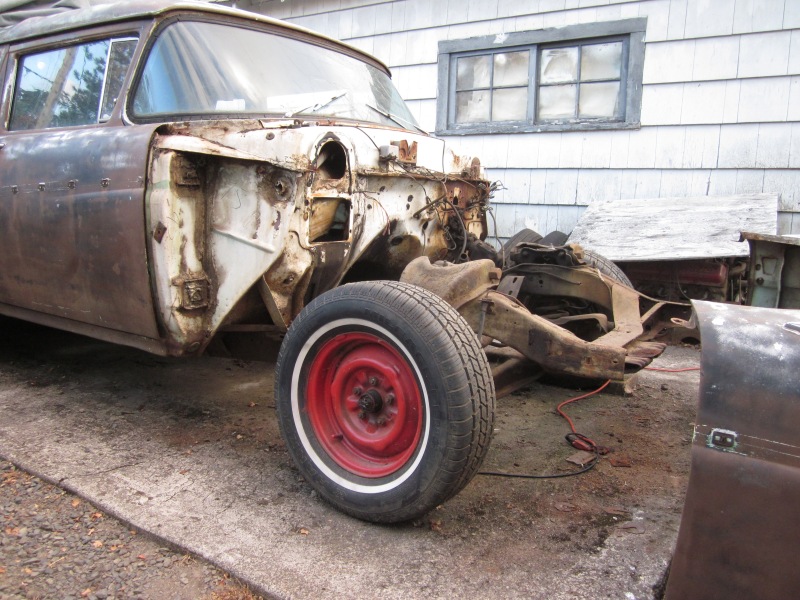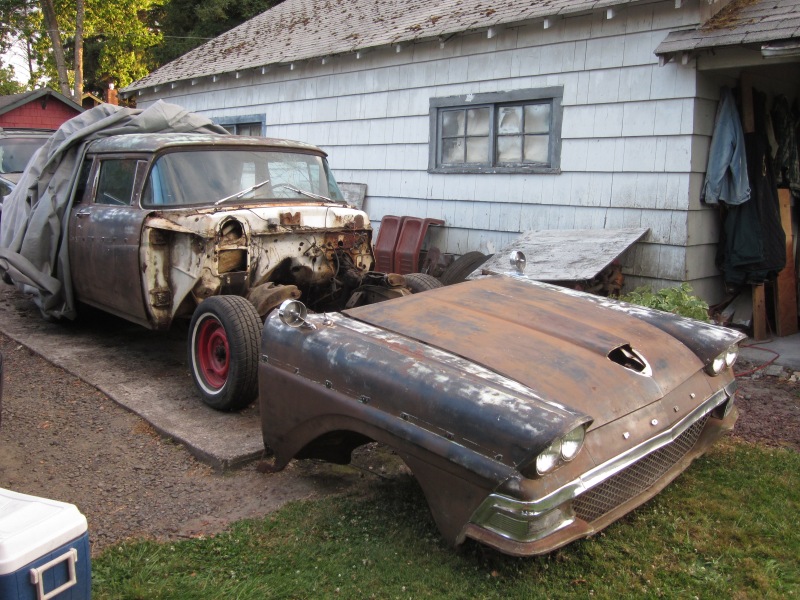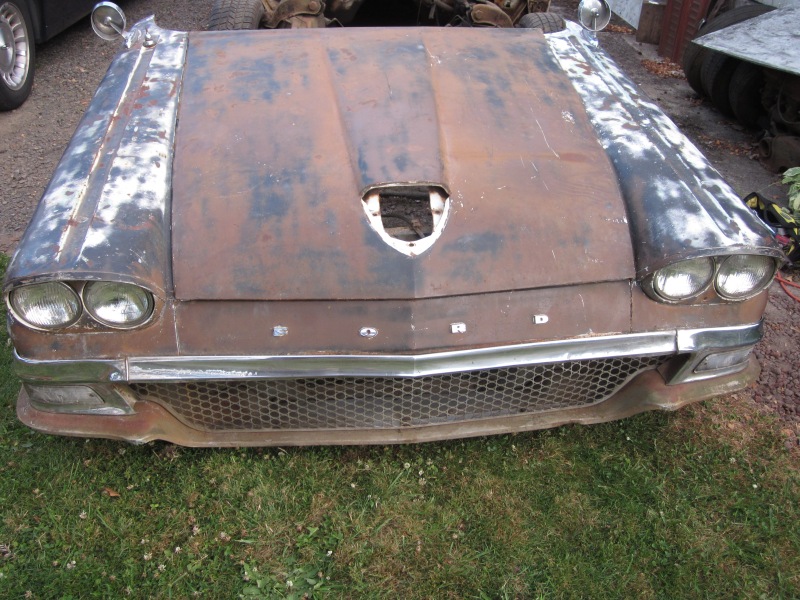Grabbed this from over on StangTV.com
 by John Gibson on September 19, 2012
by John Gibson on September 19, 2012
Before we dive into what is one of the most often overlooked tools in the average man’s garage, ask yourself the following questions: Where is my torque wrench stored right now? When was the last time I used it? What is the current torque setting at on it? How accurate do I believe my torque wrench is?
We’ve seen a torque wrench be as far as 16 ft-lbs out of calibration – Chris Raschke
Every garage, engine builder, or race team has a torque wrench, and we all use it a considerable bit! But when was the last time you gave more than a moments glance at your torque wrench? Without a doubt one of the most often overlooked and most used pieces of equipment in any race teams or home garage has to be their torque wrench.
A torque wrench is a relatively inexpensive piece of equipment when you consider how often we use it to create serious horsepower or to ensure our wheels don’t come flying off when we put the car on the ground. A typical “click-style” torque wrench will usually run between $100-$400 and if cared for properly can last quite sometime.
Ensuring Your Torque Wrench Isn’t lying to you
What happens though when your trusty torque wrench has seen a few years, and you are starting to doubt the results it’s giving you. “We’ve seen a torque wrench be as far as 16 ft-lbs out of calibration,” explained Chris Raschke of Automotive Racing Products.
NHRA Teams can walk over to the ARP tent and quickly see just how accurate their favorite torque wrench is.
ARP understands how crucial it is to have a torque wrench that is calibrated correctly. ARP works closely with many of the top NASCAR and NHRA teams as well as numerous engine builders across the country to supply engine and driveline fasteners.
ARP has spent 2012 traveling across the country to every NHRA event offering a special service to the teams and mechanics in attendance. ARP brings a torque indicator that allows teams to test their torque wrench settings. Teams can walk over to the ARP tent and quickly see just how accurate their favorite torque wrench is simply by giving it a couple of pulls.
“We test the torque wrench at 50 ft-lbs and 100 ft-lbs to give teams a proper reading,” continued Raschke. “We encourage and stress that everyone to bring their torque wrench to our tent and see just how accurate the wrench really is.”

|

|
Torque Wrench Maintenance Tips from Harbor Freight
- Before each use, inspect the general condition of the tool. Check for loose hardware, misalignment or binding of moving parts, cracked or broken parts, and any other condition that may affect its safe operation.
- After use, wipe external surfaces of the tool with clean cloth.
- If the Torque Wrench has not been used for some time, turn the knurled handle (clockwise and counterclockwise) several times to re-lubricate the internal workings. Then, operate at a low torque setting several times. This ensures proper operation.
- Do not turn knurled handle below the lowest torque setting.
- Wipe Torque Wrench with a cloth to clean. Do not immerse in any cleaning solution. This would damage the internal lubrication.
- Periodically have the Wrench calibrated and serviced by a qualified technician.
- Store inside case in a clean and dry location.
Why It’s So Crucial To Check Its Calibration
ARP explained to us that they have seen torque wrenches as far as 16 ft-lbs out of calibration. It’s easy to think how dangerous it would be if it a wrench was -16ft lbs, but the important thing to remember is +16ft lbs would be just as dangerous, especially for engine builders.
For example, let’s say you are working on a Chevy Small Block and are installing the cylinder head bolts for a 18 degree standard port cylinder head. ARP recommends torquing their hex bolt kit to 70 ft-lbs in three increments of torquing.
This means at three different steps you are going to torque each individual head bolt first at 20 ft-lbs, then 40 ft-lbs, and then finally 70 ft-lbs. If you are torquing 16 ft-lbs to much or to little, you are setting yourself up for serious problems. You are either going to under torque or over torque your head bolts by 22% versus ARP’s recommended level!
Torque wrenches are often used to torque the lugs on a wheel before a car ventures on the track as well. We don’t have to go into a lot of detail here, you can imagine just how dangerous it would be to have a torque wrench that was under torquing your wheel lugs.
What To Do If Your Torque Wrench Is Off
Even if you take immaculate care of your torque wrench ARP advised us that mechanics should have their torque wrench tested once a year to ensure that it is calibrated correctly. If your torque wrench does happen to be off by a few ft-lbs then what is the best option?
“We don’t actually calibrate the torque wrenches that are a few ft-lbs off,” Raschke explained to us. “Most all of the popular tool trucks like Snap-On and others will send the wrench in for calibration. In fact Sears provides service for their torque wrenches.”
|
|

|
How To Avoid A Wacky Torque Wrench
The next question has to be, how can you avoid ending up with a Torque Wrench that is out of whack?
ARP explained to us that the biggest mistake they see people making is not taking proper care of the torque wrench, and offered us a few tips to ensure that you get the maximum life out of your torque wrench.
- If possible store in the manufactures case inside a dry area. Treat it as a delicate piece of equipment.
- Always remember to back off the torque indicator to a low torque setting before storing it for the next use. The click style torque wrenches contain a spring and by having a high torque setting compressing that spring for an extended period of time will cause the spring to “set” at that length.
- Purchase a torque wrench that operates within your torque range. If you are going to be checking torque levels at 80-100 ft-lbs on a consistent basis then you need more than a typical 100 ft-lbs torque wrench. You should be looking in the 200 range. This will allow the torque wrench to give you a more accurate reading as the torque wrench will not be nearing it’s max torque setting.
- Do not turn knurled handle below the lowest torque setting.
ARP encourages and stress that everyone to bring their torque wrench to their tent at every NHRA event, and see just how accurate the wrench really is.
- Never turn the wrench past the “click”.
- If the Torque Wrench has not been used for some time, turn the knurled handle (clockwise and counterclockwise) several times to re-lubricate the internal workings. Then, operate at a low torque setting several times. This will ensure proper operation.
Top engine builders and mechanics understand the importance of having a torque wrench that is measuring properly. This is why so many are now opting for the high dollar (some as much as $4,000) digital torque wrenches that can provide extremely precise measurements. But even these need to be checked often to ensure that the number you are seeing is the correct amount of torque that is being applied.
A torque wrench is a valuable tool, but if it is not properly used and cared for it can become your worst enemy. Don’t place your hard earned dollars and more importantly your lives at risk by assuming that the torque wrench you have is reading correctly after all these years. Get it tested and ensure that “tight” bolt is actually tight!
Right after I read this I went out and checked on my pair of torque wrenches.
One of them is old school. Looks like this:

This one is just laying around in one of my Mac Tool toolbox drawers.
The other that is similar to the one here in the article is in its plastic case.
Wonder which one I’ll use again?
Thanks for reading.
Tim

















